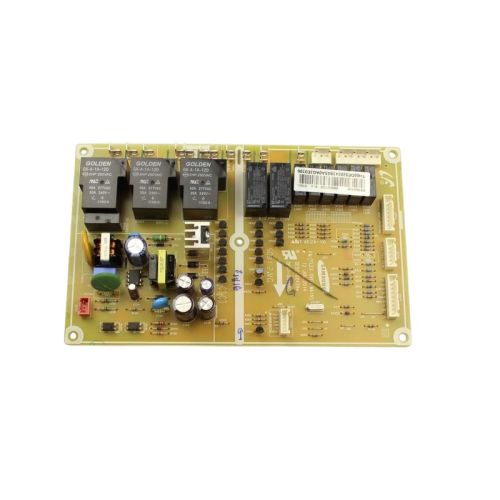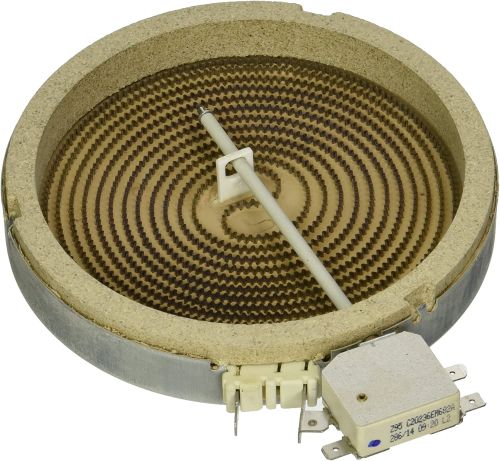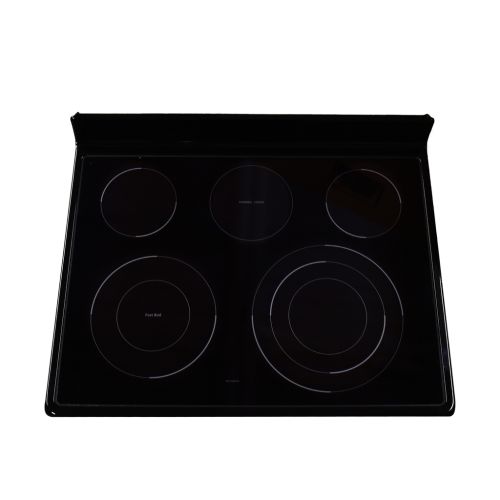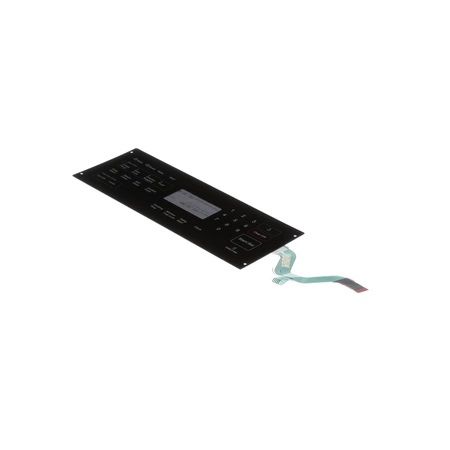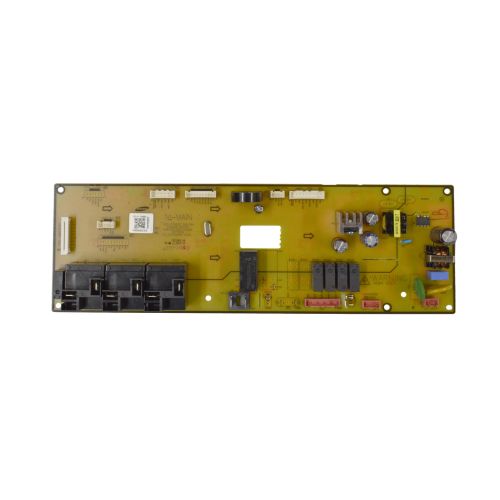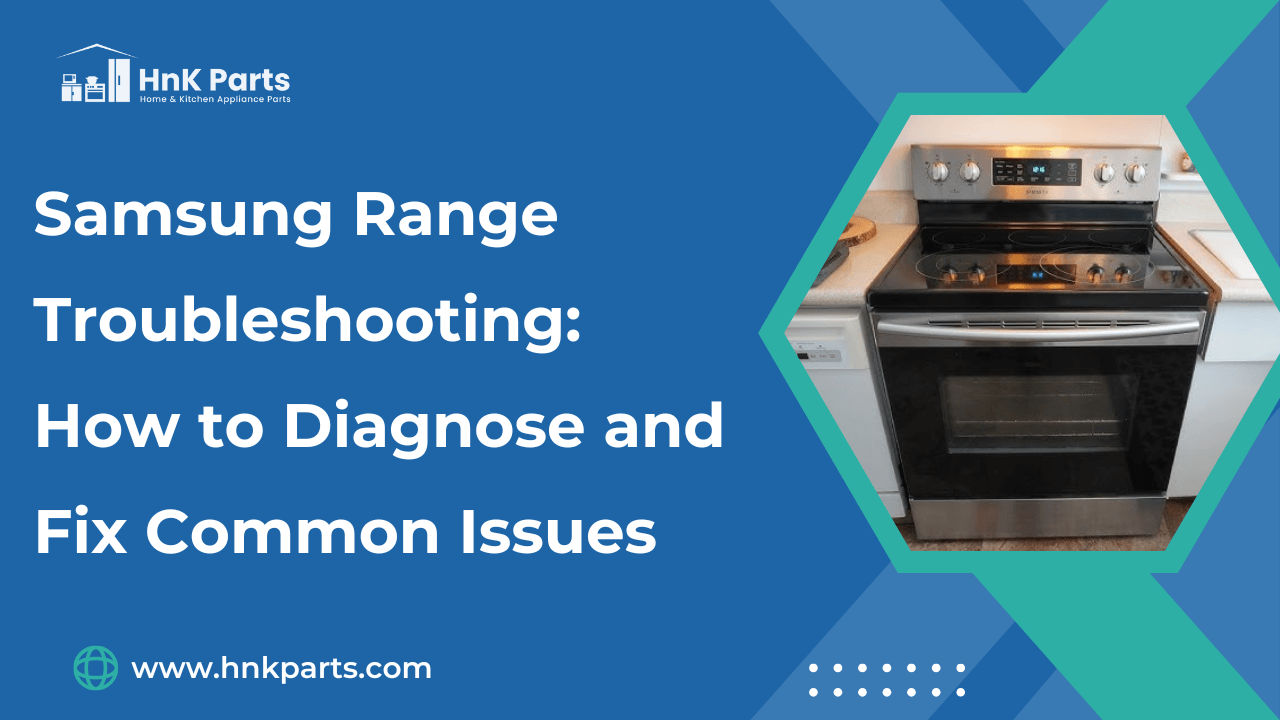
Samsung Range Troubleshooting: How to Diagnose and Fix Common Issues
Having a Samsung range in your kitchen isn’t just about luxury, it’s about efficiency and safety of preparing meals without a hitch. Keeping your Samsung ranges in top working condition means less downtime and smoother family dinners. When something does go wrong, being able to handle Samsung range troubleshooting without immediately calling for expensive service can make all the difference.
Understanding how your range works and the most common failures that can occur lets you take immediate, effective action. Whether you’re replacing Samsung range parts, deciphering error codes, or scheduling a major Samsung range repair, proactive knowledge is your tool.
Understanding Samsung Range: Key Features and Components
Before you can address issues, you need to know your machine. Familiarity with both electric and gas Samsung ranges helps you narrow symptoms to specific Samsung range parts right away.
Modern Samsung ranges with smart controls and highly efficient burners or radiant elements. Gas models depend on safe and reliable Samsung gas range knobs, igniters, and valves. Electric types are built around sensitive Samsung electric range parts, primarily the control board, heating elements, and thermostats. Knowing whether your problem lies in a knob, board, or burner shortens troubleshooting dramatically.
-
The Samsung range parts most likely to wear out include knobs (especially Samsung gas range knobs on high-use cooktops), control boards, heating elements, oven door seals, and surface igniters.
-
With electric units, you’ll often run into faulty relays or failing thermostats in the Samsung electric range parts collection.
-
Gas models might require frequent Samsung range knobs replacement due to repeated daily use. Mastering your range’s anatomy is the first step in fast, effective action.
Safety First: Precautions Before You Start Troubleshooting
Never attempt Samsung range troubleshooting without taking the right precautions, even for simple Samsung range parts swaps.
-
Unplug your electric range or flip the circuit breaker before starting any Samsung range repair. If working with a gas model, turn off the supply valve and don’t remove the Samsung gas range knobs until you’re sure there’s no residual flame or pressure in the line. This is especially important before any Samsung range knobs replacement project or when poking around control boards.
-
Wear gloves and protect your eyes—dust, grease, or accidental sparks are all real risks in Samsung ranges. If troubleshooting requires removing wiring or inspecting heating elements (like in Samsung electric range parts), only use insulated tools and double-check for live current with a multimeter.
Your security always beats speed when working with Samsung range replacement parts.
Tools for Basic Samsung Range Troubleshooting
You don’t need a professional workshop to fix most Samsung range issues, just a few essentials.
-
A quality set of screwdrivers (both Phillips and flathead) is at the core of any Samsung range troubleshooting toolkit. For testing circuits and elements in your Samsung electric range parts, a digital multimeter is invaluable.
-
Replacement kits containing Samsung gas range knobs, control boards, and popular Samsung range parts save time and trips to the store.
-
DIY fixes are ideal for loose knobs, easily accessible burners, and straightforward element swaps.
If you’re dealing with sealed gas lines, extensive wiring, or unresponsive digital controls, it’s safer to call a Samsung range repair professional.
Common Samsung Range Problems and Their Causes
Here are the most widespread issues owners encounter and how you can link each symptom to specific Samsung range parts.
-
Burner not heating: If an electric burner remains cold, check for a faulty element or a burnt-out connection, both are typical Samsung electric range parts failures. On gas models, defective igniters or worn-out Samsung gas range knobs may stop gas flow or ignition.
-
Oven won’t turn on: Often, the culprit is a bad control board, making Samsung control board replacement the remedy. Sometimes, a blown fuse or thermal cutoff switch (other common Samsung range parts) is to blame.
-
Loose or damaged knobs: Older or heavily used stoves may see cracked or slipping Samsung gas range knobs. A quick replacement of Samsung range knobs brings safe control back to your hands.
-
Uneven heating: This is usually linked to either a failing thermostat or worn-out heating elements, replaceable Samsung electric range parts. Gas ranges may need new burner assemblies or re-seated igniters to correct heat distribution.
In Samsung range troubleshooting, matching the symptom to the most likely Samsung range replacement parts can resolve the hassle and expense quickly. Always inspect visible hardware first before moving to control boards or wiring.
How to Interpret Samsung Range Error Codes
Samsung range error codes act as diagnostic signals that help identify issues with different components. Recognizing these codes makes troubleshooting easier, whether it’s a faulty control board, sensor malfunction, or heating element failure.
|
Error Code |
Indicates |
Possible Action |
|
SE |
|
|
|
C-21 |
|
|
|
E-08 |
|
|
|
Flashing/dead display |
|
|
|
Keypad not responding |
|
|
|
No Specific Code (gas models) |
|
|
How to Easily Replace a Samsung Oven Igniter: A Complete Step-by-Step Guide
When to Reset Your Samsung Range and How to Do It Safely
Knowing when and how to reset your device can fix minor glitches and save money on Samsung range repair.
-
Power off the range (unplug at the wall or flip the breaker for at least 60 seconds).
-
For gas models, ensure all Samsung gas range knobs are set to “Off.”
-
Restore power and wait for the range to reboot, ensuring that all displays and sensors return to normal.
-
Resetting often resolves digital glitches, stuck keypads, or minor control board confusion, reducing the need for Samsung control board replacement in some cases. If your issues persist after resetting, deeper Samsung range troubleshooting (or a professional service call) is required.
Mastering Oven Control Knob Repair: A Step-by-Step Troubleshooting Guide
When to DIY and When to Call for Help
It’s empowering to handle small Samsung range troubleshooting projects yourself, but some issues are beyond your reach. Swapping Samsung range replacement parts like knobs, door gaskets, or even most heating elements can be a DIY job for those with basic skills.
-
Complex issues, like replacing internal wiring, major Samsung control board replacement, or identifying ongoing gas leaks, should always be referred to a qualified Samsung range repair technician. Not only is this safer, but it guarantees your warranty remains intact.
Maintenance Tips to Prevent Future Samsung Range Issues
Regular maintenance builds reliability and keeps you out of crisis mode.
-
Wipe your cooktop and all Samsung gas range knobs weekly, removing any grease buildup or food debris. Residue causes not just sticking knobs, but also blocks gas flow and can sometimes affect ignition.
-
Monthly, inspect other visible Samsung range parts, look for cracked plastic, loose wiring, corroded contacts (especially near control boards), and seals that don’t look snug.
-
For electric models, periodic testing of surface elements with a multimeter ensures you catch failing Samsung electric range parts before they go dead during dinner prep.
Always use genuine components and have a professional check your unit after any major kitchen incident.
Whether you’re performing proactive maintenance or diagnosing issues as they arise, knowing your way around Samsung range troubleshooting and common Samsung range parts can save you real time and worry. Regular cleaning, prompt replacement of high-wear items like Samsung gas range knobs or heating elements, and quick attention to error codes are your best defense. With a blend of smart DIY and timely expert help, your range will continue to last for many years. HnKParts offers a wide range of stove & oven parts, such as heating elements, oven racks, control panels, and igniters from top brands
FAQs
How often should Samsung range parts be inspected for wear and tear?
Samsung recommends inspecting frequently used Samsung range parts, such as burners, knobs, and control boards, every 6–12 months to ensure safety and efficiency.
Why won’t my Samsung NX60A6311SS free-standing range power on?
The Samsung NX60A6311SS free-standing range may not power on due to a faulty power cord, tripped circuit breaker, or a failed control board. Check the outlet and reset the breaker before inspecting internal Samsung range parts.
My oven range NX60T8511SG/AA keeps turning off randomly, what’s going on?
If the oven range NX60T8511SG/AA shuts off unexpectedly, the issue could be overheating, a defective thermostat, or problems with the main control board. Inspect ventilation and replace faulty Samsung oven range parts if needed.


